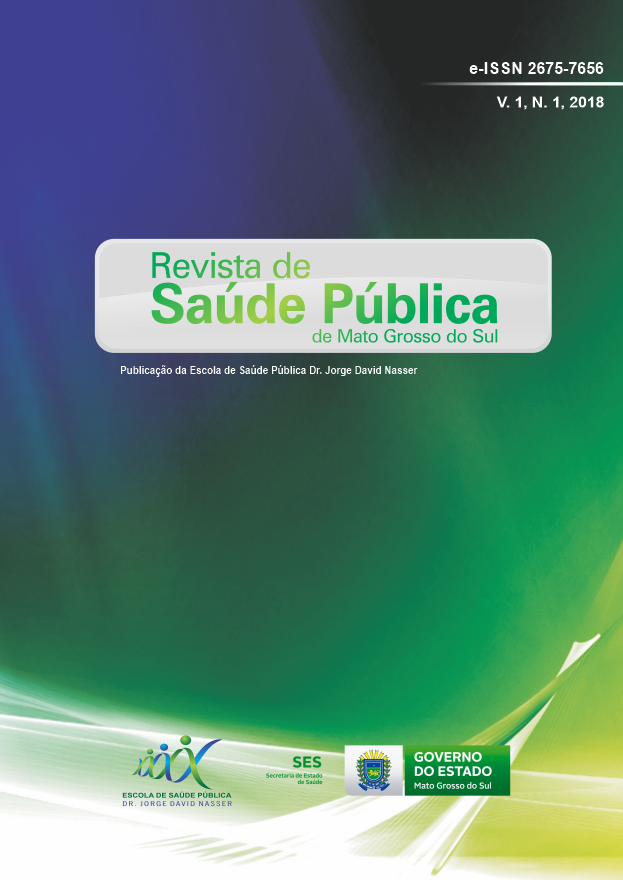Gains from applying the Ogawa-kudoh technique to the diagnosis, control and evaluation of tuberculosis in Mato Grosso do Sul, Brazil
Keywords:
Mycobacterium tuberculosis, Laboratory diagnosis, Indigenous populations, Mato Grosso do SulAbstract
Background: Worldwide, tuberculosis remains a serious public health problem. Its early diagnosis and treatment still constitute challenges. Mycobacterium tuberculosis culture is the gold standard among diagnostic resources. Objective: To report how culture seeding employing the Ogawa-Kudoh technique was decentralized in Mato Grosso do Sul and describe the benefits obtained from early diagnosis and detection of drug resistance. The use of the resulting data as sources for further research is also reported. Materials and Methods: The technique was selected for its simplicity, sensitivity, and low cost, for not requiring centrifuges, incubators, or biosafety cabins, and for the convenience of seeded plate transportation at room temperature, facilitating the provision of diagnostic services to populations living far from major centers. Decentralization of culture seeding was preceded by identification or adaptation of local structures and by staff training and supply of materials and equipment. Subsequent technical support, supervision, and monitoring were provided. Results: The technique was implemented in 1999 in the laboratory of the Hospital Porta da Esperança, in Dourados county, then the only service providing tuberculosis treatment to indigenous patients, and gradually expanded to other counties and populations. Today, roughly 60% of Mato Grosso do Sul residents are covered by the resource, and more crucially populations deprived of freedom and those living in border regions or areas prioritized for tuberculosis control. Conclusion: The new routine contributed to tuberculosis control in the state, improving early diagnosis and detection of drug resistance and fostering epidemiologically relevant studies and evaluations.
Downloads
Published
How to Cite
Issue
Section
License
O (s) Autor (es) declara (m) que ao submeter um manuscrito na Revista de Saúde Pública de Mato Grosso do Sul, concorda (m) com os termos da Declaração de Direito Autoral e autoriza (m) a Revista de Saúde Pública de Mato Grosso do Sul a publicar o manuscrito sob a licença Creative Commons Atribuição 4.0 Internacional e identificar-se como veículo de sua publicação original.




